Bamboo Flute SOB BF 3 24 inch (shipping cost extra)
$ 30.00
- INR: ₹ 2,500.00
A bansuri is a side blown flute originating from the Indian subcontinent. It is an aerophone produced from bamboo. It is one of the most common instruments in North Indian or Hindustani classical music.[1] A similar flute is called venu in the South Indian or Carnatic classical tradition.[2] It is referred to as nadi and tunava in the Rigveda and other Vedic texts of Hinduism.[3][4] Its importance and operation is discussed in the Sanskrit text Natya Shastra.[5][6][7]
A bansuri is traditionally made from a single hollow shaft of bamboo with six or seven finger holes. Some modern designs come in ivory, fiberglass and various metals. The six hole instrument covers two and a half octaves of music. The bansuri is typically between 30 centimetres (12 in) and 75 centimetres (30 in) in length, and the thickness of a human thumb.[1][8] One end is closed, and few centimeters from the closed end is its blow hole. Longer bansuris feature deeper tones and lower pitches.[1] The traditional design features no mechanical keys, and the musician creates the notes he wants by tapping the various finger holes.[1][9]
The bansuri-like flute is depicted in ancient Buddhist,[10] Hindu[11] and Jain temple paintings and reliefs, and is common in the iconography of the Hindu god Krishna.[12][13] it is intimately linked to the love story of Krishna and Radha.[14] The bansuri is revered as Lord Krishna’s divine instrument and is often associated with Krishna’s Rasa lila dance. These legends sometimes use alternate names for this wind instrument, such as the murali.[15][12] However, the instrument is also common among other traditions such as Shaivism.[16] The early medieval Indian texts also refer to it as vaṃśi, while in medieval Indonesian Hindu and Buddhist arts, as well as temple carvings in Java and Bali dated to be from pre-10th century period, this transverse flute has been called wangsi or bangsi.

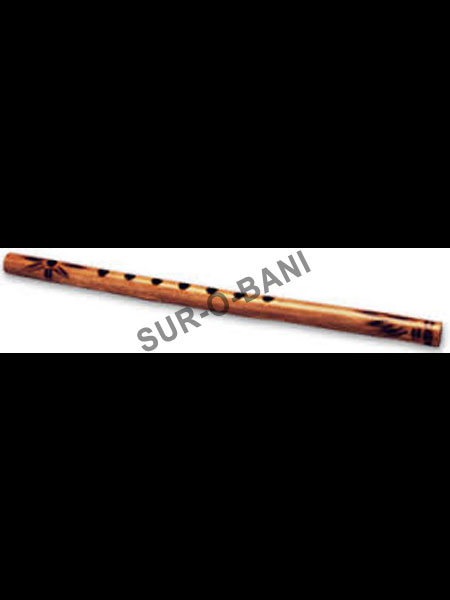
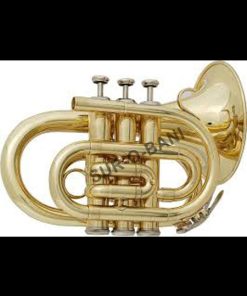

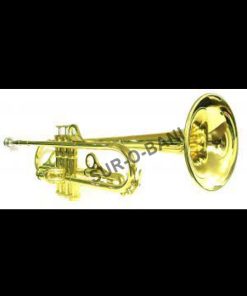
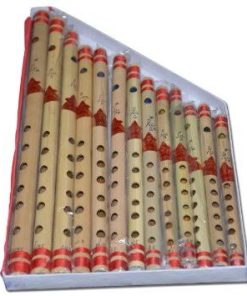


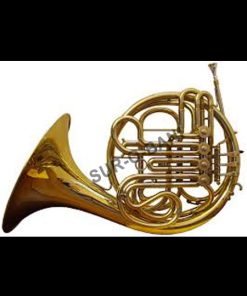

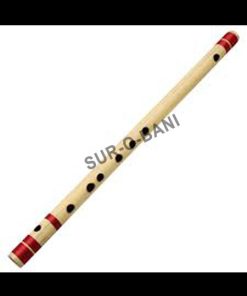
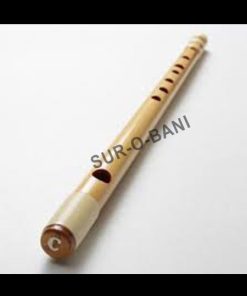

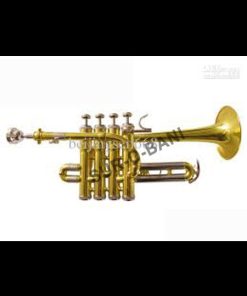
Reviews
There are no reviews yet.